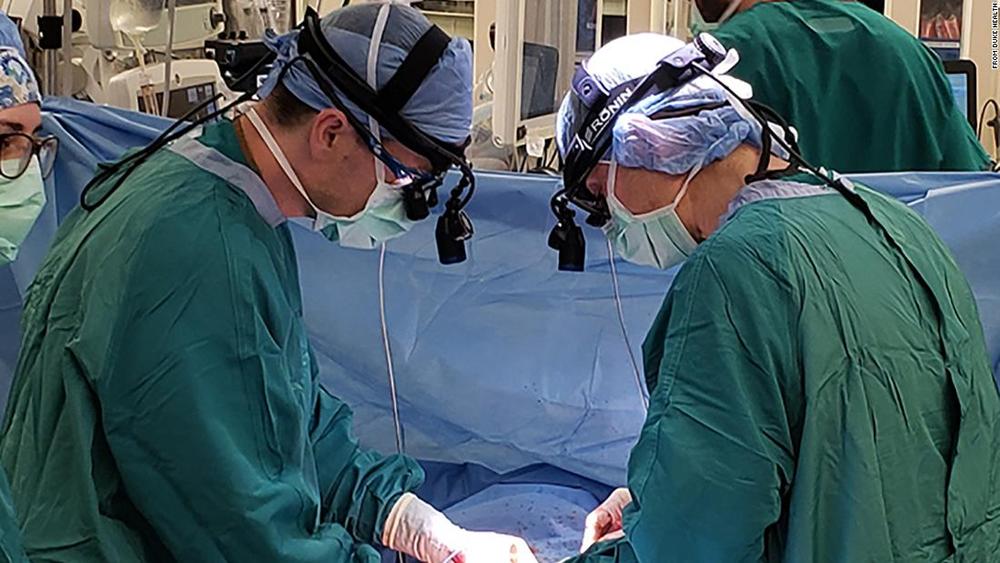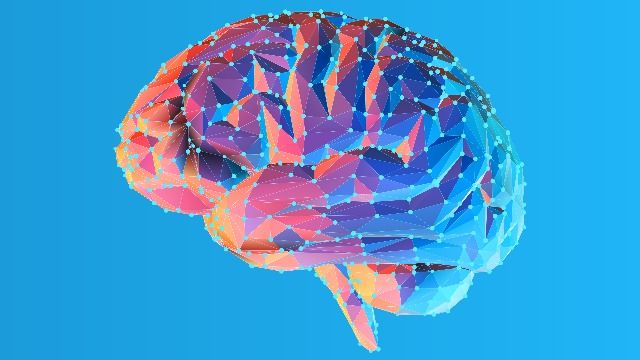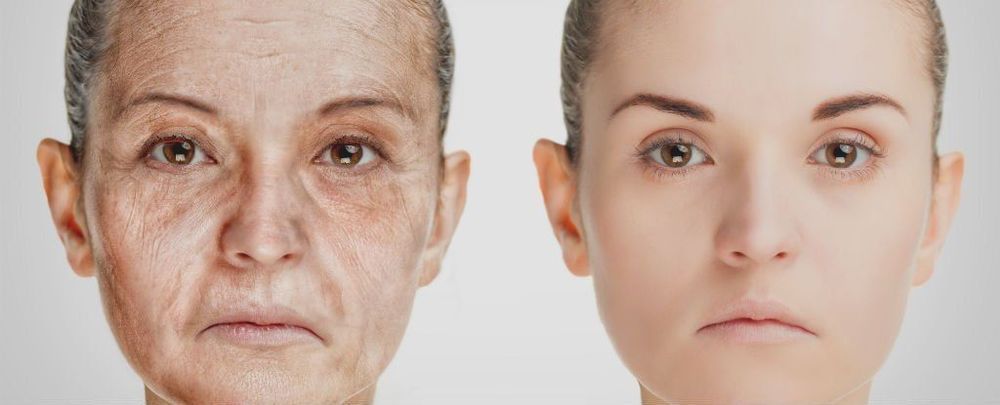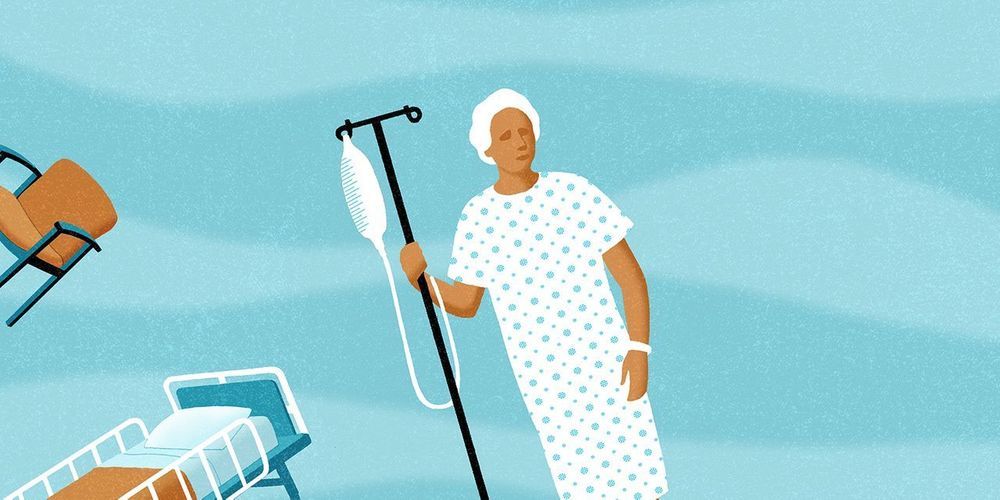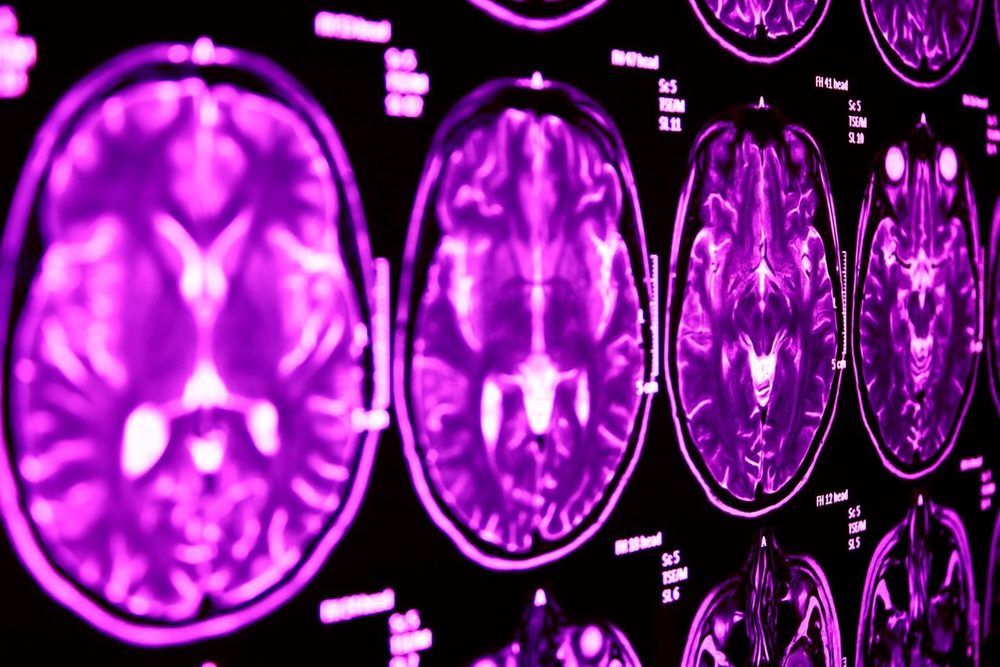Doctors at Duke University Medical Center this month “reanimated” a heart for a first-of-its-kind transplant performed on an adult in the United States.
Heart transplants typically come from donations after brain death, in which the still-beating heart of a person who has been declared brain dead is transplanted into a recipient. The approach used at Duke is known as a donation after circulatory death (DCD), and it relies on hearts that have stopped beating and are essentially reanimated and begin beating again.
The TransMedics Organ Care System, a warm perfusion pump, allows doctors to resuscitate and preserve hearts for transplantation. The system was used for the adult donation after circulatory death transplant at Duke University Medical Center, one of five centers in the United States approved by the US Food and Drug Administration for clinical trials of the TransMedics system.
